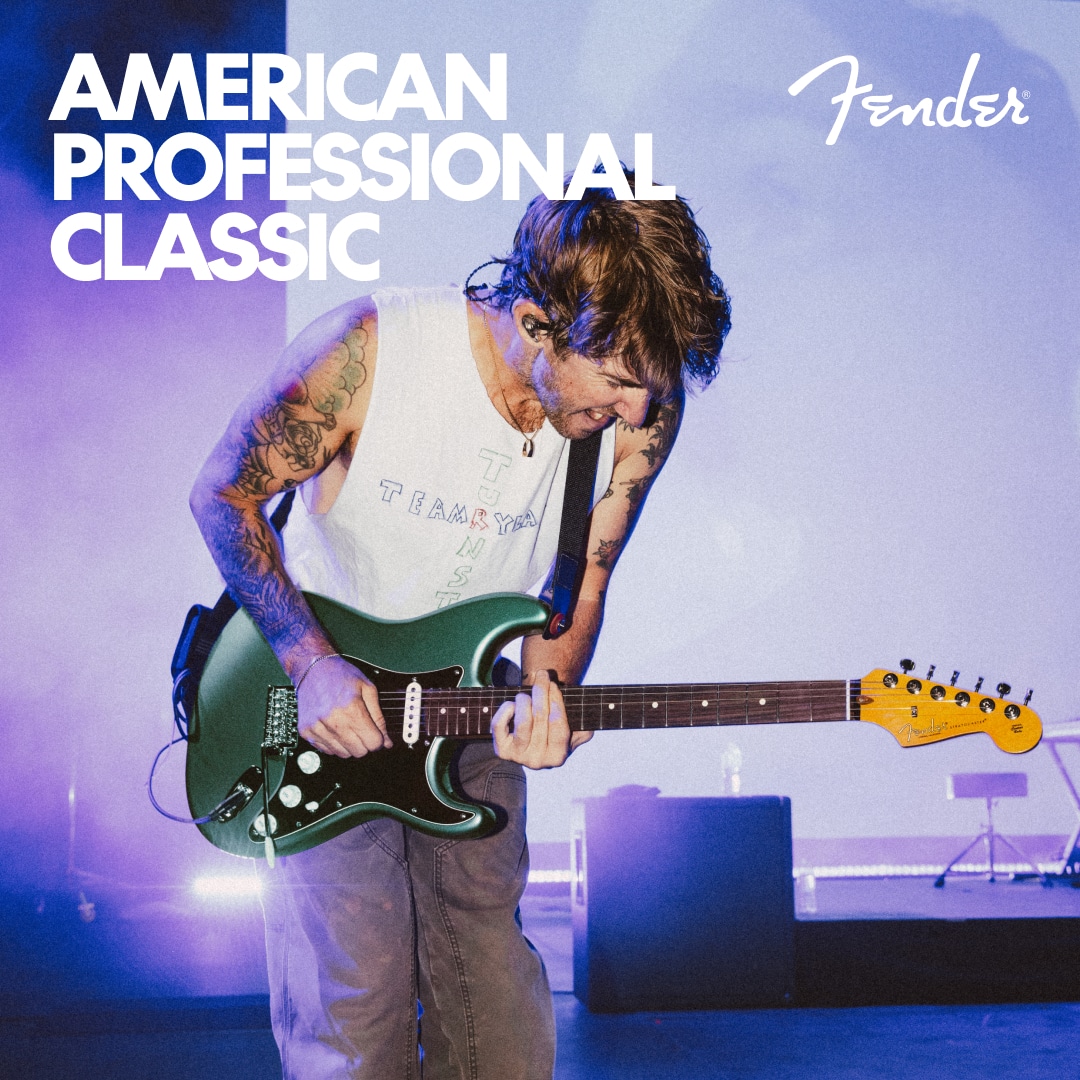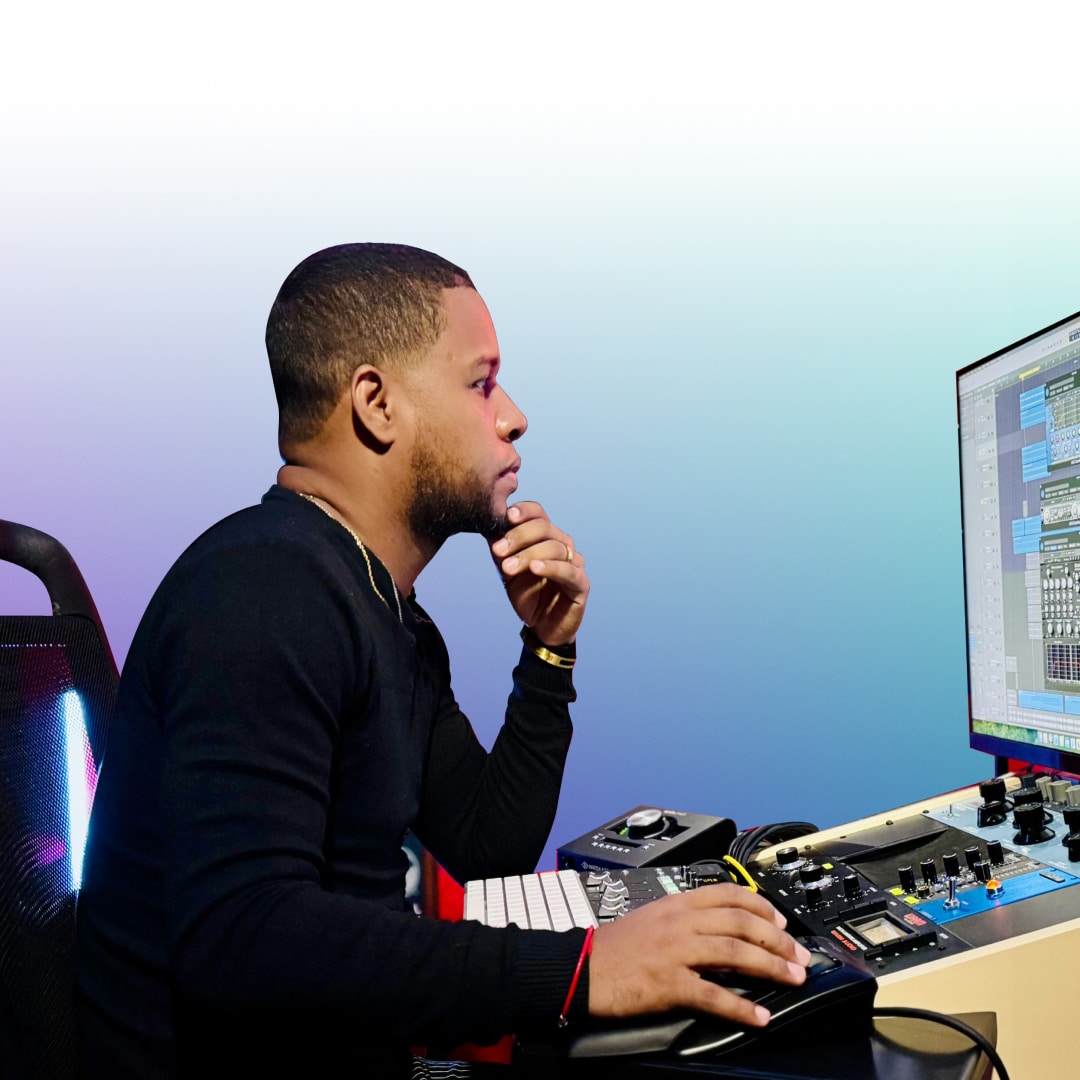In the music industry, royalties are the lifeblood of creators, providing them with financial compensation for their work. Essentially, music royalties are payments that rights holders (like songwriters, composers, recording artists, and producers) receive whenever their music is used or played. Traditionally, these royalties came from physical sales, radio plays, and live performances. However, in the digital age, the sources of these royalties have diversified, involving digital downloads, streaming services, and other online platforms. Understanding how these royalties work, and how they are calculated and distributed, is crucial for anyone involved in creating music.
Historical Context of Music Royalties
Music royalties have a rich history, evolving alongside technological advancements that have transformed how music is created, distributed, and consumed. The earliest royalties emerged in the late 15th century with the advent of printed sheet music, allowing composers to earn income from the sale and reproduction of their works. As technology advanced, the invention of sound recording in the late 19th century introduced new royalty forms, notably mechanical royalties, which compensated composers and rights holders for the reproduction of their music on piano rolls, vinyl records, and later, tapes and CDs. The 20th century saw the rise of radio and television, leading to the establishment of performance royalties collected by organizations such as ASCAP and BMI. Each technological leap brought new challenges and opportunities, reshaping royalty structures and payment mechanisms. The digital revolution marked the most significant shift, with the rise of downloads and, more recently, streaming platforms like Spotify and Apple Music. These platforms changed royalty calculations from per-unit sales to micro-payments based on streams, expanding global access but also sparking debates over fair compensation. Today, music royalties are more complex and data-driven than ever, reflecting an industry that continues to adapt to rapid technological innovation.
Copyrights and Rights Ownership in Music
In music, there are two main types of copyrights: the sound recording copyright and the songwriting (composition) copyright. The sound recording copyright protects the specific recorded performance, usually owned by the artist, record label, or whoever financed the recording. The songwriting copyright covers the melody, lyrics, and composition, and is typically owned by the songwriter or the music publisher. Ownership of these rights directly impacts royalty distribution. If an artist owns both copyrights, they receive all associated royalties. However, if a label or publisher owns the rights, they collect and distribute royalties under contractual agreements, which affect how much each party earns.
SoundCloud Royalties: A Gateway to Digital Earnings
How Artists Earn on SoundCloud
SoundCloud has emerged as a popular platform for artists to share their music and earn royalties. Unlike traditional music sales, royalties on SoundCloud are primarily generated through streams. When a user streams a song on Soundcloud, the platform tracks these plays and allocates royalties based on its advertising revenue and subscription fees. For artists, this means that the more their music is played, the more they can earn.
Maximizing Revenue through Soundcloud Streams
To maximize revenue through SoundCloud royalties, artists should focus on increasing their streams. This can be achieved by actively promoting their tracks on social media, engaging with their audience, and collaborating with other artists to reach a wider audience. Additionally, artists can utilize SoundCloud’s promotional tools and features to boost visibility. Regularly uploading new content and maintaining an active presence on the platform can also help in accumulating more streams and, consequently, higher royalty earnings.
Navigating SoundCloud’s Royalty System
This requires a clear understanding of their policies and payout mechanisms. Artists need to be aware of the payout thresholds, the time frame for royalty processing, and the percentage of revenue they are entitled to. It’s also vital to track streams and use SoundCloud’s analytics to understand listener behavior. This insight can guide artists in optimizing their content and release strategies.
Songwriter Royalties: Understanding the Earnings
Differences Between Songwriter and Performer Royalties
The distinction between songwriter royalties and performer royalties is crucial in the music industry. Songwriters earn royalties primarily from the composition aspect of the music – the melody and lyrics they create. In contrast, performer royalties are earned by artists for the recording of the song. This means that a songwriter can earn royalties even if they don’t perform the song themselves, and vice versa. Understanding this distinction is essential for songwriters and performers alike to ensure they receive the appropriate royalties for their contributions.
Key Agreements and Contracts for Songwriters
For songwriters, navigating the landscape of royalties and rights can be as crucial as the creative process itself. Understanding and securing the right agreements and contracts is vital to ensure that they receive fair compensation for their work. These legal documents form the backbone of a songwriter’s financial and creative rights, covering various aspects of how their music is used and monetized:
- Publishing Contracts: These are fundamental agreements that outline the relationship between a songwriter and a music publisher. The contract specifies how profits from songwriting, such as sheet music sales, digital downloads, and streaming royalties, are shared. Typically, a publisher helps promote the songwriter’s work and, in return, receives a percentage of the income generated.
- Mechanical Licenses: These licenses are necessary when a songwriter’s music is reproduced and distributed in physical or digital formats, including CDs, digital downloads, and streaming on platforms like Spotify or Apple Music. Mechanical licenses ensure that songwriters get paid a statutory rate for each copy made of their songs.
- Performance Rights Agreements: When a song is played publicly, whether in a live concert, over the radio, or in a business establishment, the songwriter is entitled to royalties. Performance Rights Organizations (PROs) like ASCAP, BMI, or SESAC collect these royalties and distribute them to the songwriters.
- Synchronization Licenses: These licenses are required when a song is used in conjunction with visual media, such as in movies, TV shows, commercials, or video games. Synchronization licenses are negotiated on a case-by-case basis and can be a significant source of income for songwriters.
Understanding and securing the right agreements and contracts is essential for songwriters to protect their rights and ensure they are fairly compensated for their work. From publishing contracts to synchronization licenses, each type of agreement addresses different uses of the music. As the music industry evolves, songwriters must stay informed about these legal aspects to safeguard their creative and financial interests.
The Role of Publishing Rights in Songwriter Earnings
Publishing rights play a pivotal role in songwriter earnings. These rights give songwriters control over how their compositions are used and ensure they receive payment when their music is reproduced, performed, or synced. Typically, songwriters work with music publishers who help manage these rights, negotiate deals, and collect royalties on their behalf. Collaboration with a reputable publisher can significantly boost a songwriter’s earnings, as publishers have the expertise and network to maximize the use of a song in various media.
Band Royalties: Revenue Sharing Among Members
How Band Royalties Are Split
In a band setting, the distribution of band royalties can be more complex due to the involvement of multiple members. Typically, bands agree upon a split of royalties that reflects each member’s contribution to the creation and performance of the music. This agreement should ideally be documented in a band contract to prevent disputes. Clarity and fairness in this process are crucial for maintaining good relationships within the band and ensuring that everyone feels valued for their contributions.
Some bands opt for an equal split for simplicity, while others allocate percentages based on specific roles like songwriting or management tasks. The key is to have open and transparent discussions about these arrangements and to review them regularly, especially as the band evolves and roles or contributions change over time.
Managing Band Agreements and Royalties
Effective management of band agreements and royalties is vital for the smooth operation of a band. Bands often designate a member or an external manager to handle these financial aspects. Keeping accurate records of earnings, ensuring timely royalty payments, and navigating agreements with record labels and publishers are all part of this management process. It’s also important to periodically revisit and update agreements to reflect any changes in the band’s lineup or roles.
Music Artist Royalties in the Era of Digital Streaming
How Digital Streaming Affects Artist Earnings
The shift to digital streaming has significantly influenced music artists’ royalties. In the streaming era, royalties are typically calculated as a proportion of streaming service revenues, based on an artist’s stream count relative to the platform’s total streams. This model can be challenging for artists, especially emerging ones, as it often results in smaller payouts per stream compared to traditional sales royalties. Understanding this new royalty landscape is crucial for artists to navigate the digital music industry effectively and ensure they are fairly compensated for their work.
Strategies for Artists to Maximize Streaming Royalties
By employing effective strategies, artists can enhance their presence on streaming platforms, thereby increasing their streaming counts and, in turn, their royalties. Here’s how artists can adopt several strategies:
- Engage with Fans: Building a strong connection with fans is crucial in the streaming era. Regularly interacting with fans through social media, live streams, and other platforms can create a loyal fan base. Engaged fans are more likely to stream music repeatedly, attend concerts, and share music with others.
- Release Music Consistently: Consistency in releasing music can significantly impact streaming numbers. Frequent releases keep the audience engaged and looking forward to new content. This strategy helps maintain a presence in listeners’ minds, leading to more consistent streaming numbers.
- Playlist Placement: Securing a spot on popular playlists can dramatically increase an artist’s stream counts. Playlists, especially those curated by streaming platforms or influential figures, can expose music to a broad audience.
- Collaborations: Collaborating with other artists is a powerful way to reach new audiences. When artists collaborate, they tap into each other’s fan bases, increasing potential streams.
- Utilize Multiple Platforms: Distributing music across various streaming platforms broadens an artist’s reach. Each platform has its unique audience, and being present on multiple platforms maximizes exposure.
By adopting these strategies, artists can significantly increase their streaming royalties. From engaging with fans to ensuring their music is accessible across various platforms, each approach plays a crucial role in maximizing streaming potential. As the digital music landscape continues to evolve, staying adaptable and proactive in these strategies is key for artists looking to thrive in the streaming era.
The Complex World of Music Producer Royalties
Different Compensation Models for Producers
Music producers play a pivotal role in the creation of music, and their compensation models can vary greatly. Music producer royalties often depend on the terms of their contract with the artist or record label. Some producers receive an upfront fee for their services, while others may negotiate a percentage of royalties from the track’s earnings. In some cases, a producer might receive a combination of both. The specifics can depend on factors such as the producer’s experience, the project’s budget, and the track’s anticipated commercial success.
Negotiating Producer Royalties in Contracts
A well-negotiated contract should clearly outline the producer’s royalty rate, how these royalties will be calculated, and when they will be paid. Producers should also be aware of ‘points’ (a percentage of the record’s profits) and how they factor into their overall compensation. Understanding the legal language used in contracts and seeking legal counsel when necessary can help ensure that producers are adequately compensated for their work and rights.
The Impact of Streaming on Producer Earnings
The rise of streaming has had a notable impact on music producer royalties. As the industry shifts away from physical sales towards streaming, how royalties are calculated and distributed has changed. This shift often results in lower per-stream earnings compared to traditional sales. Producers need to be aware of these changes and how they affect their income.
Navigating Musician and Session Artist Royalties
Royalties for Session Musicians vs. Headline Artists
The royalty landscape differs significantly for session musicians compared to headline artists. Musician royalties for session artists are typically based on upfront session fees or per-project payments, without ongoing royalties from sales or streams. In contrast, headline artists often earn royalties on an ongoing basis from sales, streams, and licensing. Session musicians usually negotiate their fees before the project and are paid regardless of how well the track performs, whereas headline artists’ income can fluctuate based on the success of their music.
The Role of Unions and Organizations in Protecting Musicians’ Rights
Unions and organizations play a crucial role in protecting musicians’ rights, including their right to fair pay and royalties. These organizations advocate for the interests of musicians, negotiate collective bargaining agreements, and provide resources and support for contract negotiations. They also help in tracking royalties and ensuring that musicians receive the payments they are entitled to. Membership in these organizations can provide musicians, especially session artists, with an added layer of security and support in the often-complex world of music royalties.
Record Label Royalties: The Label’s Cut
How Record Labels Distribute Royalties
Record labels typically earn money from the sales, streaming, and licensing of the music in their catalog. The way these royalties are distributed to artists varies based on the terms of their contracts. Usually, labels recoup their expenses, like marketing and production costs, before paying out royalties to artists. This arrangement means that artists might not receive royalty payments until their record has generated enough revenue to cover these initial costs.
Artist vs. Label: The Revenue Split
The revenue split between artists and record labels is a crucial aspect of their contractual relationship. Traditionally, record labels receive a larger portion of the revenue, justifying this with the risks they take and the resources they provide. However, with the rise of independent artists and changing industry dynamics, these splits are increasingly being negotiated. Artists are now more empowered to negotiate favorable terms, especially if they come to the table with a strong fan base or a proven track record of sales and streams.
Recording Artist Royalties: From Sales to Streams
How royalties are calculated and distributed, including the factors that influence payment amounts and specific examples from streaming platforms.
Calculating Recording Royalties
For physical sales like CDs or vinyl records, royalties are typically a percentage of the sale price, agreed upon in the artist’s contract. For digital streams, however, the calculation is more intricate. Streaming platforms pay out royalties based on a proportion of their revenue, which is then divided among all the streamed artists, based on their stream counts. Understanding these different methods is crucial for recording artists to accurately track and anticipate their earnings. The involvement of various stakeholders, such as record labels, publishers, PROs, and managers, in royalty collection and payment is also crucial.
Advocacy for Better Streaming Royalties for Songwriters
Advocacy for better songwriter streaming royalties is an important movement within the music industry. Songwriters, along with various rights organizations, are pushing for changes in how streaming revenues are distributed. These efforts include lobbying for legislative changes, negotiating with streaming platforms for better rates, and raising awareness about the challenges songwriters face in the digital age.
The future of music royalties in the digital age is poised for continued evolution. The industry is increasingly recognizing the need for fairer compensation models, especially in the context of streaming services. Innovations in technology, along with growing advocacy from artists and songwriters, are likely to shape new approaches to royalty distribution. Furthermore, the rise of independent artists and alternative distribution platforms may offer more control to creators over their earnings. The key for all stakeholders in the music industry will be to adapt to these changes, ensuring that the distribution of royalties continues to be equitable and sustainable in the digital landscape.
Sources:










